The content of the article
Guinea pig is a rodent with a beautiful and silky coat, good disposition and complaisant character. Guinea pig, despite its name, is an absolutely land animal that is afraid of water and does not belong to any class of pigs. This rodent was first called a pig because of the structure of its skull and elongated elongated body. In addition, this rodent is the most talkative, and expresses any of its emotions with a kind of squealing and grunting. Pig and the sea has nothing to do, and it is called so because it was originally called "overseas." Subsequently, the name was abolished, and the rodent remained a simple guinea pig.
But the name “marine” is haunted by many owners. Intuitively, it seems to them that the animal needs regular (or even daily!) Bathing. This is actually not the case. In nature, the guinea pig copes with hair care on its own, licking itself with its tongue and smoothing its paws. In addition, the rodent is quite clean, so it often does not need water procedures. However, sometimes animal assistance is still needed.
When to bathe a guinea pig
- Guinea pigs need to be washed if lumps, mats, contaminated areas have formed on her hair. This happens with rodents if they walk in the open-air cages in the warm season.
- The animal needs to be bathed if the coat has become dull and has lost its normal appearance. Often such an animal tries to “wash itself,” but it does not work for it.
- Often, breeders bathe animals before important exhibitions, where the rodent should look perfect.
- An animal certainly needs water procedures if an unpleasant odor starts to come from it.
- In the place where the rodent has a tail, there is a sebaceous gland. A special secret is developed from it, which serves to attract the opposite sex. Normally, the sebaceous gland is a greasy, oily area of bald spots. If crusts and growths have formed in the place of the sebaceous gland, then it is time to bathe the pig.
Only these good reasons can be a serious reason for bathing the animal. For idle pleasure, bathing a pig once again is not worth it.
When you can not bathe a guinea pig
There are times when swimming a guinea pig should be delayed until better times.
- You can not bathe a small rodent until he has become an adult. The fact is that small guinea pigs are therefore subject to various kinds of stresses. Moreover, their young and clean wool does not need to be washed yet.
- If you brought the animal home for the first time, let it get comfortable for at least a few days. No need to drag the rodent into the bath from the doorway.
- Mumps should not be bathed in winter. Guinea pigs are very sensitive to temperature extremes and drafts. If you bathe them in the cold season, they can catch a cold.
- You can not bathe pregnant females - for them it is a lot of stress.
- Do not bathe an animal if it is sick.
- If the rodent screams and pulls out of his hands, postpone swimming. It can be replaced by simply rubbing the wool with a clean, damp cloth.
Only after you weigh the pros and cons can you decide to bathe a guinea pig.
How to prepare an animal for swimming
Any sudden action, and even more so, immersion in a dangerous environment for the animal - water, will be taken with aggression and panic. Therefore, the pig must be prepared in advance for the fact that in a few days it will take a bath.
3-5 days before bathing, take the pig in your hands and go with it to the bathroom. If the animal starts to get scared and will be afraid of an unexpected situation, calm it down with your voice, give your favorite treat, pet your pet. You can comb out the hair in the bathroom - pigs love this process and quickly calm down. When the rodent gets used to the situation, you can put it in a basin or dry sink - where you are going to conduct the bath procedure. The last stage of addiction - turn on the water in a thin stream, without directing it to the hair of the animal. The baby will feel the water with its paws and stop being afraid of the noise of flowing water.
How to bathe a guinea pig
If the long and patient stage of preparation for the bathing day has passed, you can proceed to the procedure itself.
- In advance, 15 minutes before the procedure, lubricate the sebaceous glands with any cosmetic oil. This will allow the crusts to soften and easier to move. This is not difficult to do - just apply vegetable oil on a cotton pad and wipe the glands. Be careful - try not to stain the animal’s hair.
- Wear gloves before washing the pig. Indeed, before the eyes of danger, even the most good-natured mumps can begin to bite and scratch.
- Bathing a guinea pig is most convenient in the sink. No need to bathe the animal in the bath or basin - high sides will make the animal jump out. Soapy pig is very slippery, and it will be difficult to keep. In addition, falling from a small height is fraught with injury and even death for the pig.
- Close the sink in the sink and draw in enough water to touch the animal’s abdomen. Place a small cotton napkin on the bottom of the sink so that the animal has something to hold on to its paws. So the rodent will feel more confident.
- Dip the pig in the water, while calming the animal with strokes and affectionate words.
- Carefully wet the rodent's coat with your hands. If the coat is long, you can water the animal with a small scoop or glass. Be careful not to raise the container too high above the rodent - it can see this as a danger.
- When the coat is wet enough, apply a drop of shampoo to your hand. For washing guinea pigs, there is a special shampoo sold at pet stores. You can also use shampoo for rabbits or cats, but dog hygiene products are not suitable - they are too aggressive. Do not just wash the animal with a simple soap - a large amount of acid will make the pig's hair stiff and brittle.
- Foam the shampoo in your hands and apply it to the pig’s fur. Soap should not get on the head, maximum you can wash only the neck of the animal. Gently rinse the area of the sebaceous gland and remove the softened crusts.
- After that, the wool can be washed. This must be done very carefully, pouring a rodent with a bucket or shower. Beware of getting water in the eyes and ears of the mumps. In addition to the usual fright, a pet can get conjunctivitis and otitis media.
- If the pet is long-haired, after washing with shampoo, a little balm should be applied to the fur. It will allow the hair to comb better, make it smooth and shiny. Hold the balm on the fur for a couple of minutes and rinse the animal.
Observing these simple rules, you can easily redeem even the most wayward pig.
Final procedures
If you redeemed an animal, do not think that your mission is completed on this. You need to perform a few more manipulations to make your pig well.
After the bath, you need to clean the sebaceous gland and the anal pocket. After washing, in place of the sebaceous gland, there are probably no crusts and dirt left. Gently wipe this area with a cotton pad or cotton swab, and then treat it with any antiseptic, such as chlorophyllipt. Then you need to process the fecal pocket of the animal. To do this, slightly press on the lower part of the rodent's abdomen, the pocket will stick out and you can clean it with a cotton swab dipped in oil.Be very careful not to create excessive friction. Such cleaning should not be done too often, but it should not be neglected. Usually it is held once a month.
Try to dry your pet as soon as possible. Use a comb and a hairdryer for this if the pig is not very afraid of the scary sound. If the animal is rushing about in fear, just place it in a dry towel and periodically change the fabric.
After swimming, a guinea pig cannot be taken outside for about a day. Do not leave the animal in a draft or in cool rooms. Do not let the pig into the crate with sawdust - the dry filler will begin to adhere to the wet coat. And do not forget to treat the rodent with his favorite treat - he steadfastly endured the tests prepared for him.
Video: how to wash a guinea pig

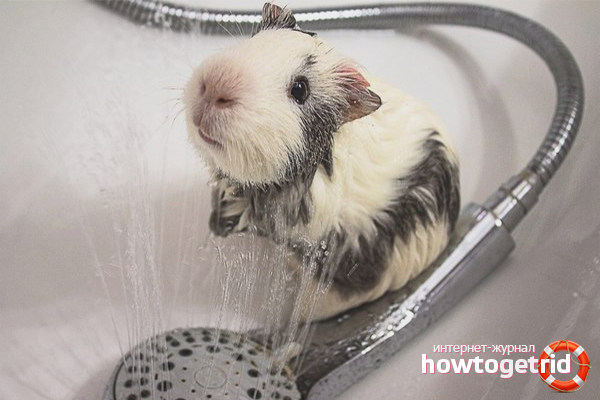
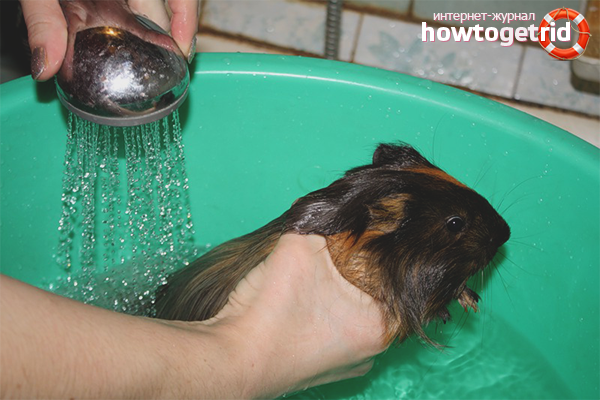
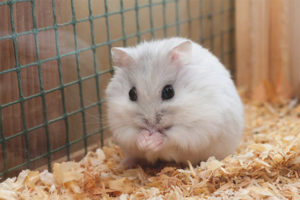
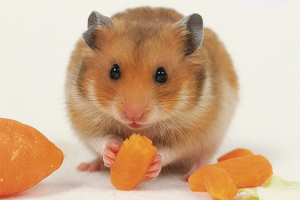
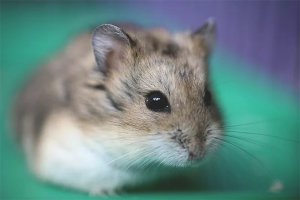
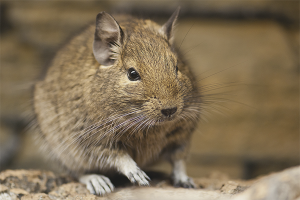
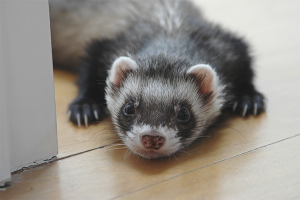
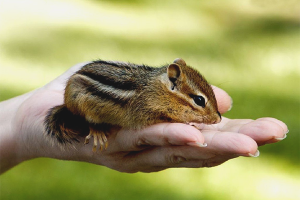


Submit